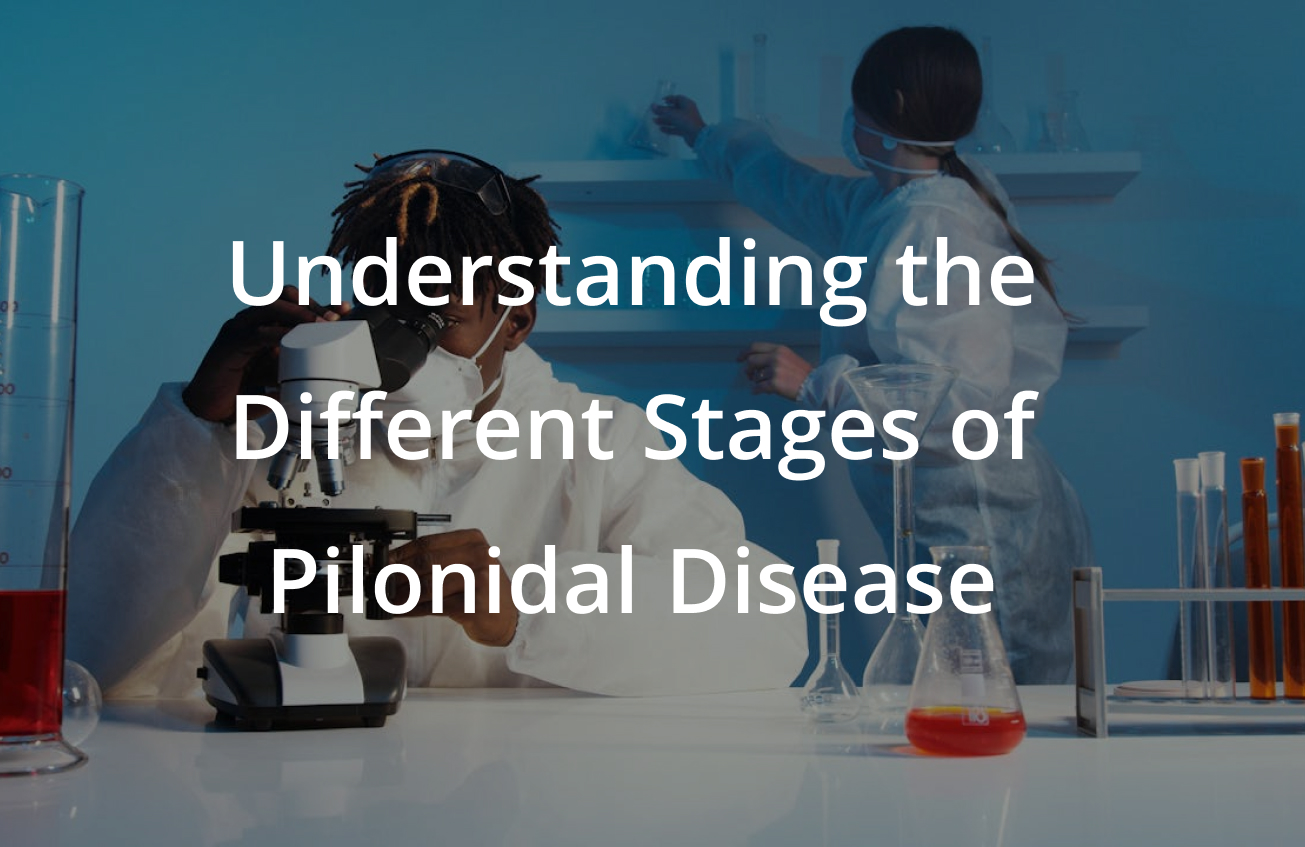- Questions? (310) 919-4179
- Make Appointment

Pilonidal disease, a chronic skin condition, typically affects the area near the tailbone and is characterized by cysts or abscesses that can become infected and painful. Understanding the stages of pilonidal disease is crucial for effective treatment and management. This blog aims to detail the different stages of pilonidal disease—acute pilonidal abscess, chronic pilonidal disease, and complex or recurrent pilonidal disease—and to outline appropriate treatment strategies for each stage to help patients navigate their condition more effectively.
Description: The acute stage is typically marked by the sudden appearance of a painful abscess in the cleft of the buttocks. This abscess is often red, swollen, and tender to the touch, and it may drain pus or blood. Patients usually experience significant discomfort, especially when sitting or walking.
Preventive Measures:
Post-treatment, keeping the area clean and dry is crucial to prevent recurrence. Hair removal in the area can reduce the risk of hair penetrating the skin and forming another abscess.
Description:
Chronic pilonidal disease involves repeated episodes of cyst formation and abscesses over months or years. These may not always be acutely inflamed but can cause persistent discomfort and discharge, impacting quality of life.
Description:
This stage is characterized by frequent recurrences or the development of complex pilonidal sinuses with multiple tracts. Treatment becomes more challenging, and the risk of complications increases.
Understanding the stages of pilonidal disease helps patients and healthcare providers develop a tailored approach to treatment and management. Early intervention in the acute and chronic stages can prevent progression to more complex disease, which requires more invasive treatments and carries a higher risk of complications. Regular follow-ups, lifestyle adjustments, and patient education are integral to managing pilonidal disease effectively. At Pilonidal, we are committed to providing our patients with comprehensive care at each stage of their condition, ensuring they receive the appropriate interventions to manage their symptoms and improve their quality of life.